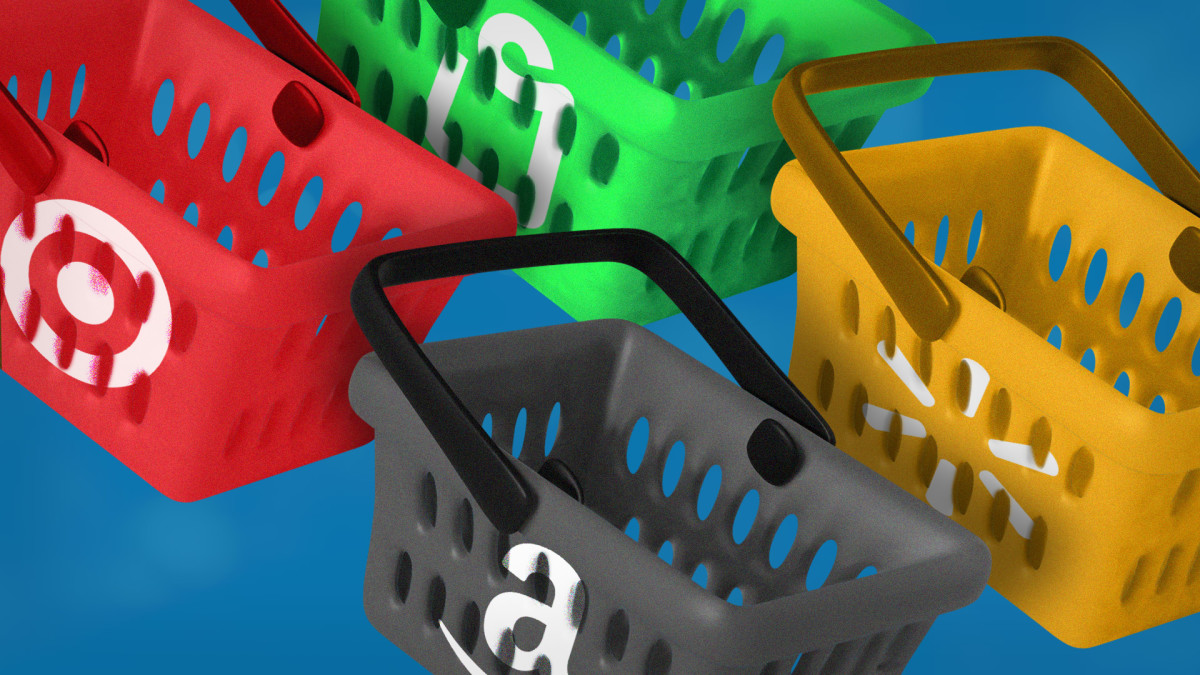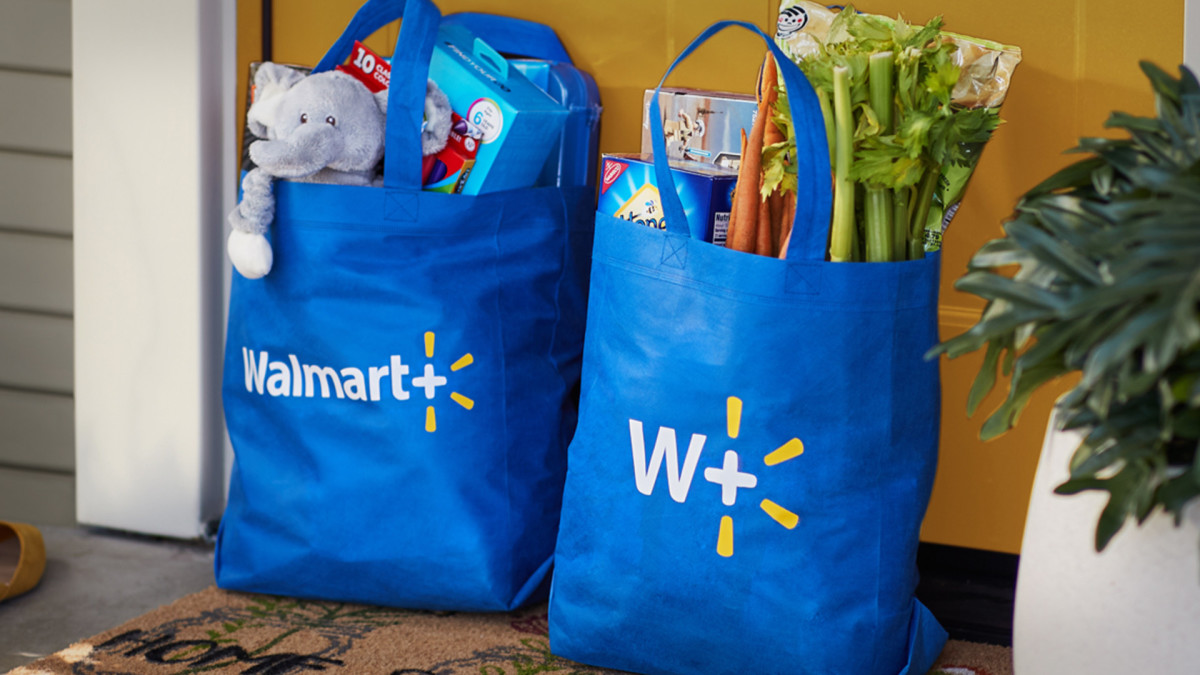
Shoppers never want to hear about the supply chain and logistics. Nobody who could not get their favorite products during the darkest days of covid cared about the reasons why. They simply wanted whatever items they needed to be on the shelf at their favorite store.
Supply chain and logistics, however, are not just about getting what you want when you visit or order from a store. It's also a question of how retailers get items onto their shelves and to customers at the best price possible.
Related: Costco opening a different kind of store with plans for more
Amazon has legendarily foregone profits in some quarters to build out its infrastructure and supply chain. That includes its warehouses, distribution centers, and its fleet of last-mile delivery trucks (which are run by independent operators).
Costco (COST) has not invested as heavily in this space, but took the drastic step of renting its own container ships for periods over the past few years. That move, as well doing its own last-mile trucking for some larger items, gave the warehouse club more control over its costs which allowed it to keep prices low for members.
Target may have actually been the smartest retailer in this space as it spent $550 million buying last-mile delivery company Shipt. Because of its large fleet of stores, that deal allowed the company to compete with Walmart and Amazon on delivery without investing billions.

Image source: Walmart
Walmart makes a delivery cut
Walmart (WMT) has gone toe to toe with Amazon when it comes to offering same-day, next-day, and two-day delivery. The retailer may not have the same online selection as the digital giant but Walmart has invested billions to keep up.
Now, instead of throwing more money at the problem, Walmart has worked to cut 20% of the cost from its store-to-home delivery. In theory, that can both benefit the company's bottom line and give the company more room to be price competitive.
CFO John David Rainey explained how the chain cut its costs during Walmart's fourth-quarter earnings call.
"One of the areas I'm most pleased about is the improvement in e-commerce profitability within the Walmart U.S. segment, resulting from lower e-commerce fulfillment cost, and densifying the last mile," he shared.
The company has been able to cut its costs by leveraging its store base.
"Our store proximity to customers is an advantage as we increasingly use stores to fulfill e-commerce orders. We've lowered last-mile store-to-home delivery cost by about 20% in the last year, even as we've shortened delivery times to same day from around 90% of stores," he added. "Combining the fulfillment efficiencies with the improved product margins of e-commerce, we far exceeded the 200 basis point goal we outlined at our investor community meeting and lowered e-commerce losses by more than 40% versus last year's level."
Walmart leans on automation
The less Walmart spends getting items from vendors to customers — no matter how customers want them — that leaves more room for lower prices and higher profits. The chain has been working smarter in using its stores to fulfill orders, but it's also making strategic technology investments.
"Turning to supply chain transformation and automation. This was a significant year for the phased deployment of automated technologies to optimize our next-generation supply chain," Rainey said. "This program spans several years with activity stepping up in FY 2025 and FY 2026."
Progress has been steady and slow as not every location is getting the same upgrades.
"To date, we've retrofitted 13 regional distribution centers with varying levels of automated storage and retrieval systems," he added.
That's more good news for customers, although it's Walmart's choice as to how much saved margin goes into lower prices and how much becomes profit.
"This technology gets products to shelves faster and has meaningful benefits to productivity both in our DCs (distribution centers) and stores. With the progress we've made over the past year, we're on track toward our goal of having approximately 55% of our fulfillment center volume and roughly 65% of supercenters serviced by automation by the end of FY 2026. Already around 1,500 stores are receiving palletized freight from these DCs," the CFO shared.
Related: Veteran fund manager picks favorite stocks for 2024







